Description
Name in North American Boletes: Fuscoboletinus paluster
Genus: Suillus
- Genus 2: Fuscoboletinus
- Genus 3: Boletus
- Genus 4: Boletinellus
- Genus 5: Boletinus
Species: paluster
Common Name: “Red Bog Bolete”
Tells: Yellow pores brown w/age, go down the stem, DNS, & have radial ridges. Pink- to red-purple cap. Stem is pore-colored high & cap-colored below.
Other Information: Yellowish cap flesh is red against the skin, DNS, & may taste a little sour. Grows mostly in moss, under larch. A small mushroom no more than 2″ tall & 3″ across.
Science Notes: DNA testing eliminated the genus Fuscoboletinus and moved all its members to Suillus. Paluster was originally put into the “grab bag” of Boletus, but subsequent testing confirmed that it too belongs in Suillus.
Edibility: Good
CHEMICAL TESTS:
- NH4OH (Ammonia): Cap skin turns darker purple and then bleaches to yellow.
- KOH: No data.
- FeSO4 (Iron Salts): No data.
Links:
 |
0 |  |
0 |  |
178 |  |
132 |

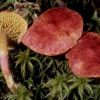
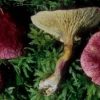
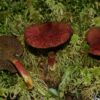
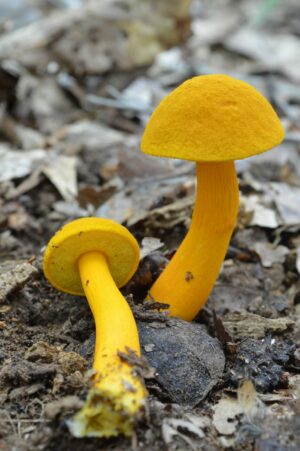

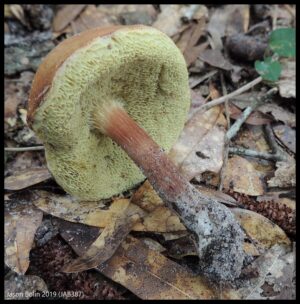
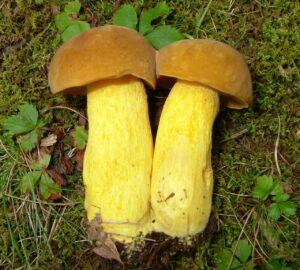
Got something to discuss?
Found this a few days ago in Northern Minnesota, USA. I had a very hard time figuring it out, especially since I didn’t bring my Boletes of eastern North America book up there with me. Very beautiful mushroom in person. I normally find Suillus gravellei in that particular tamarack woods but instead were these, maybe due to a particularly wet year. In any case, they were growing both singly and in sequenced clusters from heavy tamarack duff/needles.Has anyone else found it in this area?
Now considered Boletus paluster…..